Torkwase Dyson’s set design for ‘Superfine: Tailoring Black Style’ at The Met meditates on ownership, charisma and histories
The artist’s exhibition design sees her recognisable geometric forms provide the backdrop to the Costume Institute’s extensive survey of the Black dandy, which was celebrated at the Met Gala yesterday (5 May)
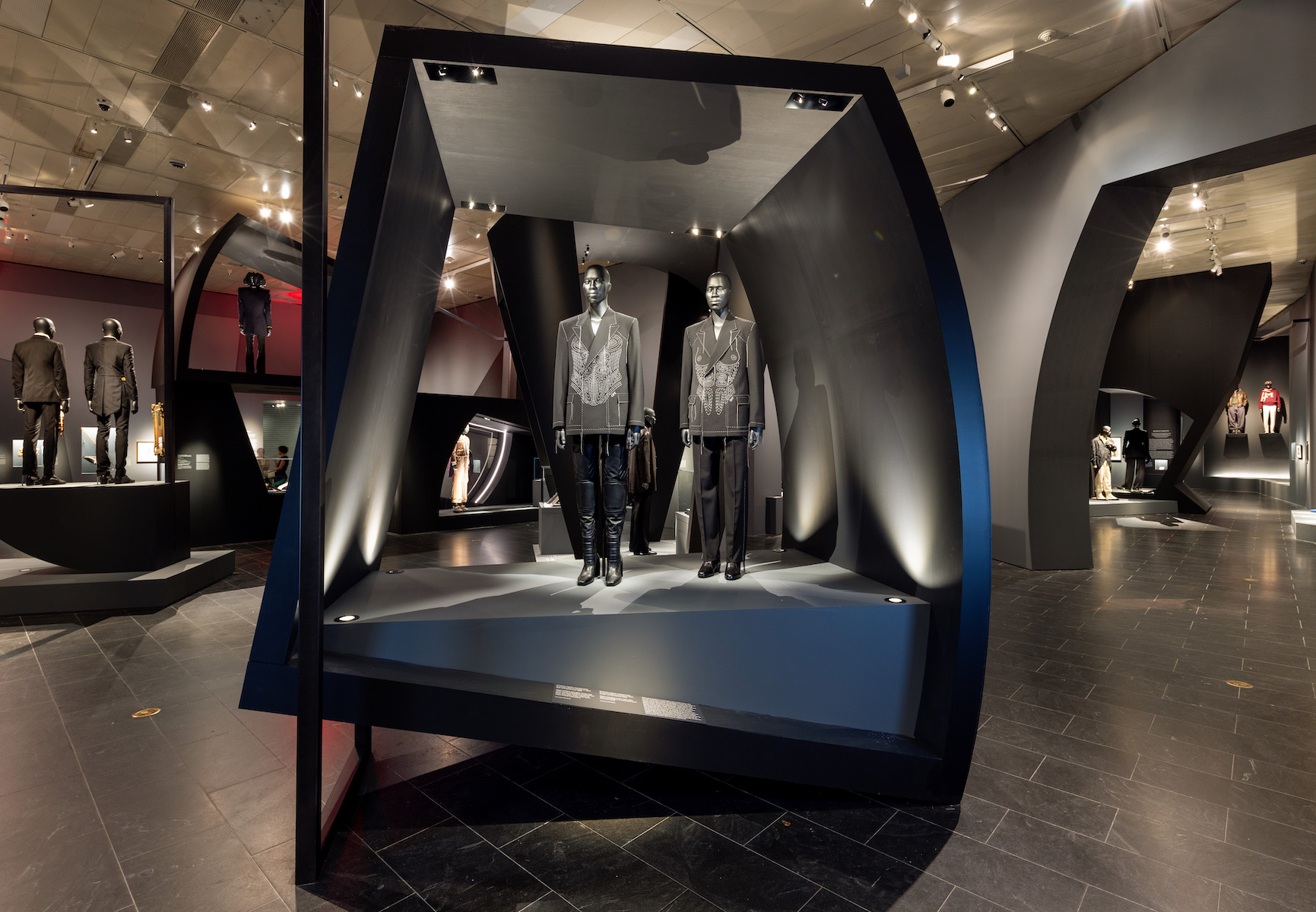
For American artist Torkwase Dyson, approaching the set design for the Metropolitan Museum of Art’s new Costume Institute exhibition ‘Superfine: Tailoring Black Style’ was far from an easy feat. It would take an encounter with American abolitionist Frederick Douglass’ garments, among the centuries-spanning show’s highlights, to give the project form. ‘What connected me to the ideas of the pattern and the body was seeing his fabrics, comb, top hat, and coat,’ the New York-based artist tells Wallpaper*.
Dyson quickly settled on the idea of placing Douglass’ archives inside one of her signature trapezoid forms. The artist’s rhythmic geometry always stems from an architectural and corporal consciousness of abstraction. Here, however, the ‘very emotional’ addition of Douglass’ garments shrouds her recognisable structure with another veil of history and magnitude: ‘My hyper shapes come out of a study on the period of Black folks self-liberating from the catastrophes of slavery.’
Inside ‘Superfine: Tailoring Black Style’ at The Met
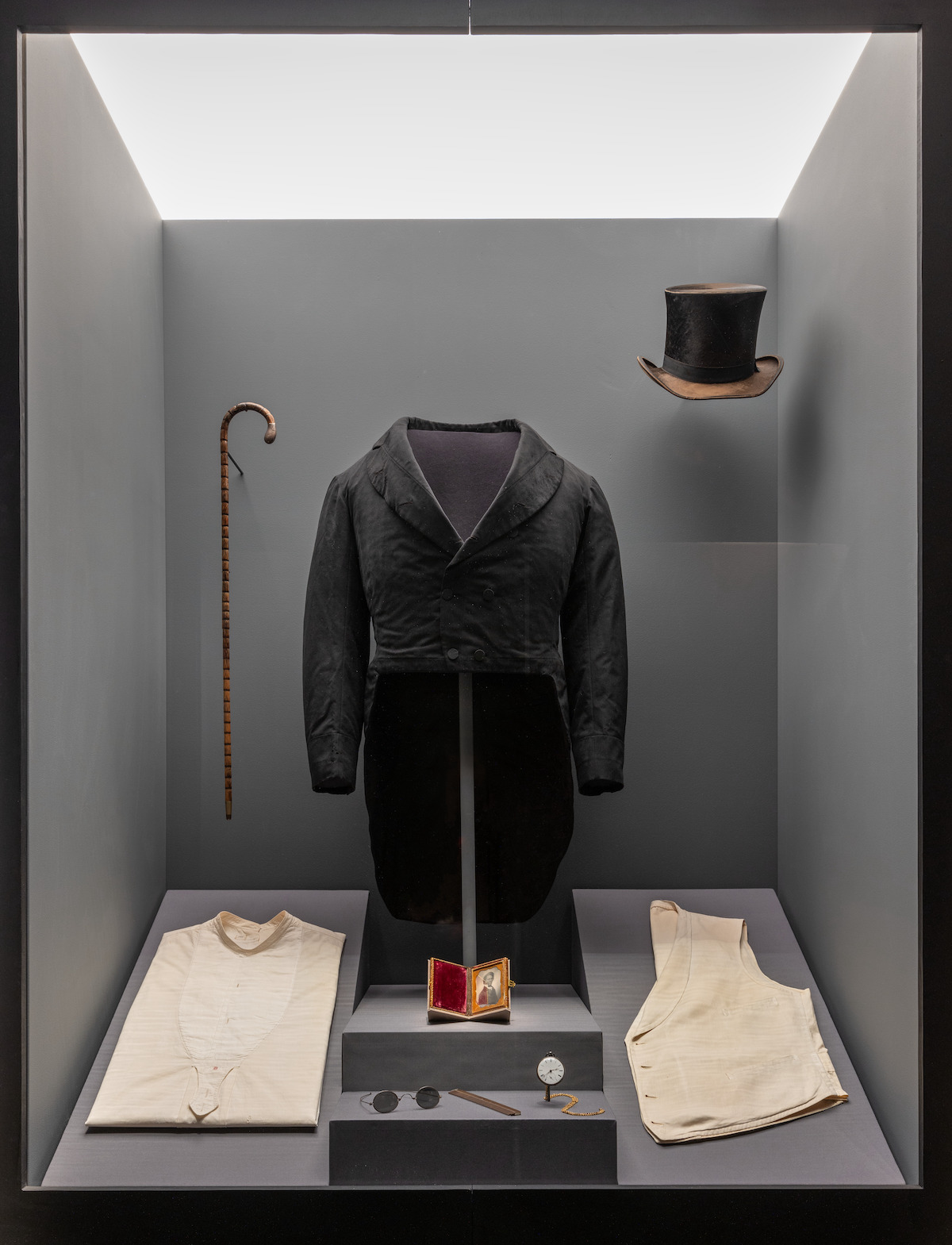
Garments and objects belonging to American abolitionist Frederick Douglass, which provided Dyson with the impetus for the show’s design
Grandiose but also grounding, the artist’s trapezoid is a mediation on geometry’s narrative potential, and in her mammoth-scale public sculptures, they often absorb their viewer. The late singer Prince’s lace-clad garment is also presented inside the same shape from Dyson’s mixed-media series, Everything That Will Save Me.
Dyson has exhibited her commanding pitch-black steel sculptures across the globe, from the Sharjah Art Biennial to Desert X in Coachella Valley and the rooftop of the Whitney Museum of American Art. Although the Chicago-born artist has no background in fashion, the laser-focused precision of her forms, similar to a maestro tailor’s impeccable cuts, speaks even louder than their physical hefts. In the design of the year’s one of the most anticipated fashion spectacles, she crafts a new layer – of narrative and of texture – into her forms, which commonly question the rigidity of systems, from the urban grid to Abstract art itself. ‘I clocked into how people have fashioned themselves as a manipulation of autonomy and ownership in which clothing is a resistance,’ says Dyson.
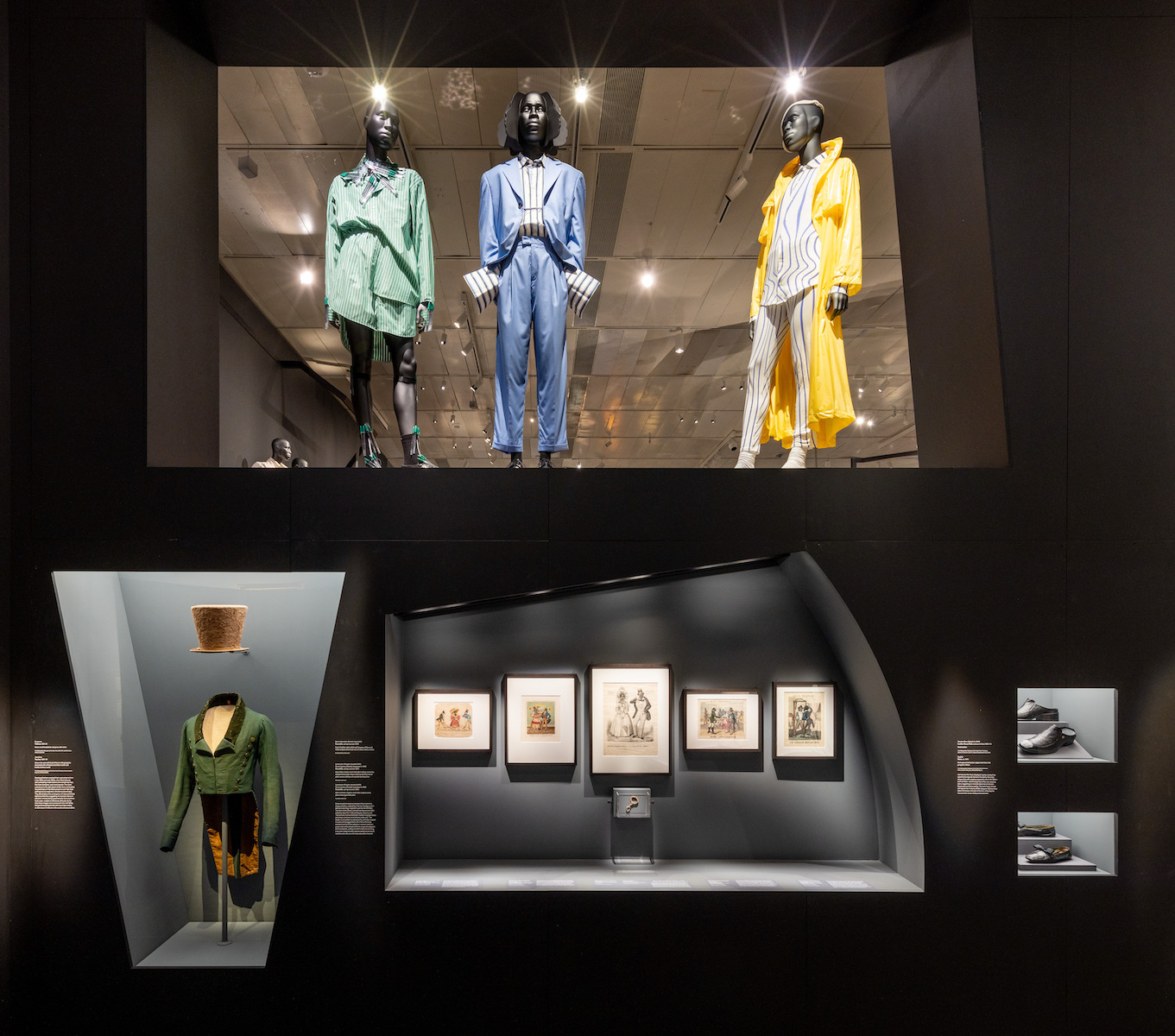
Dyson’s distinct shapes, which have previously featured in her artworks, appear throughout the exhibition
‘Ownership’ is one of six themes the show is divided into by its curator Monica L. Miller, the professor of Africana Studies at Barnard College and the author of the show’s inspirational book, Slaves to Fashion: Black Dandyism and the Styling of Black Diasporic Identity (2009). In fact, it is the show’s opening subject, the word encapsulating the complexities of slavery and racism, as well as the fight for autonomy. Presented inside Dyson’s dynamic semi-rounded box, a purple velvet coat and a wool shirt – both from the 19th-century American south and worn by enslaved people – complicate what ownership has meant across history. Contemporary Black designers, such as Wales Bonner, Jawara Alleyne, Ervin Latimer and LaQuan Smith carry ownership’s resonance towards grace and grandeur.
Dyson looks at the show’s central theme of dandyism as a conceptual catalyst while remaining true to what she calls her minimalist ‘tonal values’. Her touches seem to remain restrained in their demure abstraction, but similar to a dandy’s grand appearance, they promise an explosive revelation. From the formerly enslaved Londoner man-about-town Julius Soubise (who was among the men called ‘macaronis’ in 1770s England for their flamboyant fashions) to American Vogue’s legendary editor-at-large André Leon Talley, the Black dandy casts his unapologetic light across the garments and Dyson’s set design.
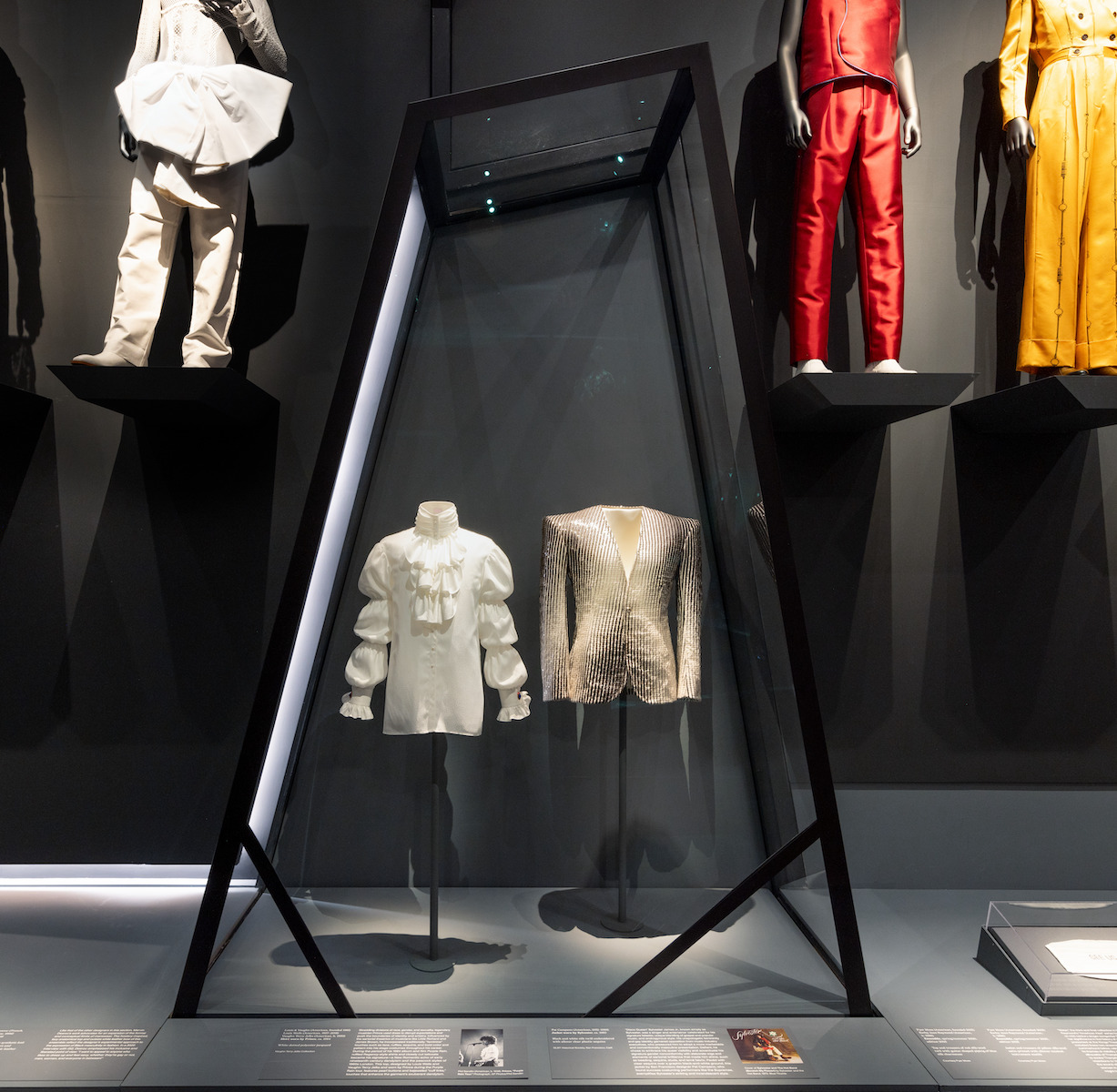
A display from the ‘Beauty’ section of the exhibition
Besides texture, sound is another sensory stimulation Dyson explores this spring in New York City. Public Art Fund unveils this week the artist’s 20-foot-high steel and aluminium pavilion on the Brooklyn Bridge Park. Akua (2025), which salutes the downtown Manhattan silhouette across the river, is a pyramid-like form with soundscapes that the artist recorded nearby. In her explorations of the sensorial or sartorial, Dyson returns to the simple honesty of the line. Just like a designer’s arresting illustrations or an architect’s sketches, she transfers each stroke into a deliberate, concrete gesture.
Receive our daily digest of inspiration, escapism and design stories from around the world direct to your inbox.
‘Superfine: Tailoring Black Style’ runs at The Metropolitan Museum of Art Costume Institute from May 10 2025 – October 2025. It is supported by Louis Vuitton.
Akua is open to the public until March 8, 2026.
Osman Can Yerebakan is a New York-based art and culture writer. Besides Wallpaper*, his writing has appeared in the Financial Times, GQ UK, The Guardian, Artforum, BOMB, Airmail and numerous other publications. He is in the curatorial committee of the upcoming edition of Future Fair. He was the art and style editor of Forbes 30 Under 30, 2024.
-
 A day in Ahmedabad – tour the Indian city’s captivating architecture
A day in Ahmedabad – tour the Indian city’s captivating architectureIndia’s Ahmedabad has a thriving architecture scene and a rich legacy; architect, writer and photographer Nipun Prabhakar shares his tips for the perfect tour
-
 You can now stay in one of Geoffrey Bawa’s most iconic urban designs
You can now stay in one of Geoffrey Bawa’s most iconic urban designsOnly true Bawa fans know about this intimate building, and it’s just opened as Colombo’s latest boutique hotel
-
 Pentagram’s identity for eVTOL brand Vertical Aerospace gives its future added lift
Pentagram’s identity for eVTOL brand Vertical Aerospace gives its future added liftAs Vertical Aerospace reveals Valo, a new air taxi for a faster, zero-emission future, the brand has turned to Pentagram to help shape its image for future customers
-
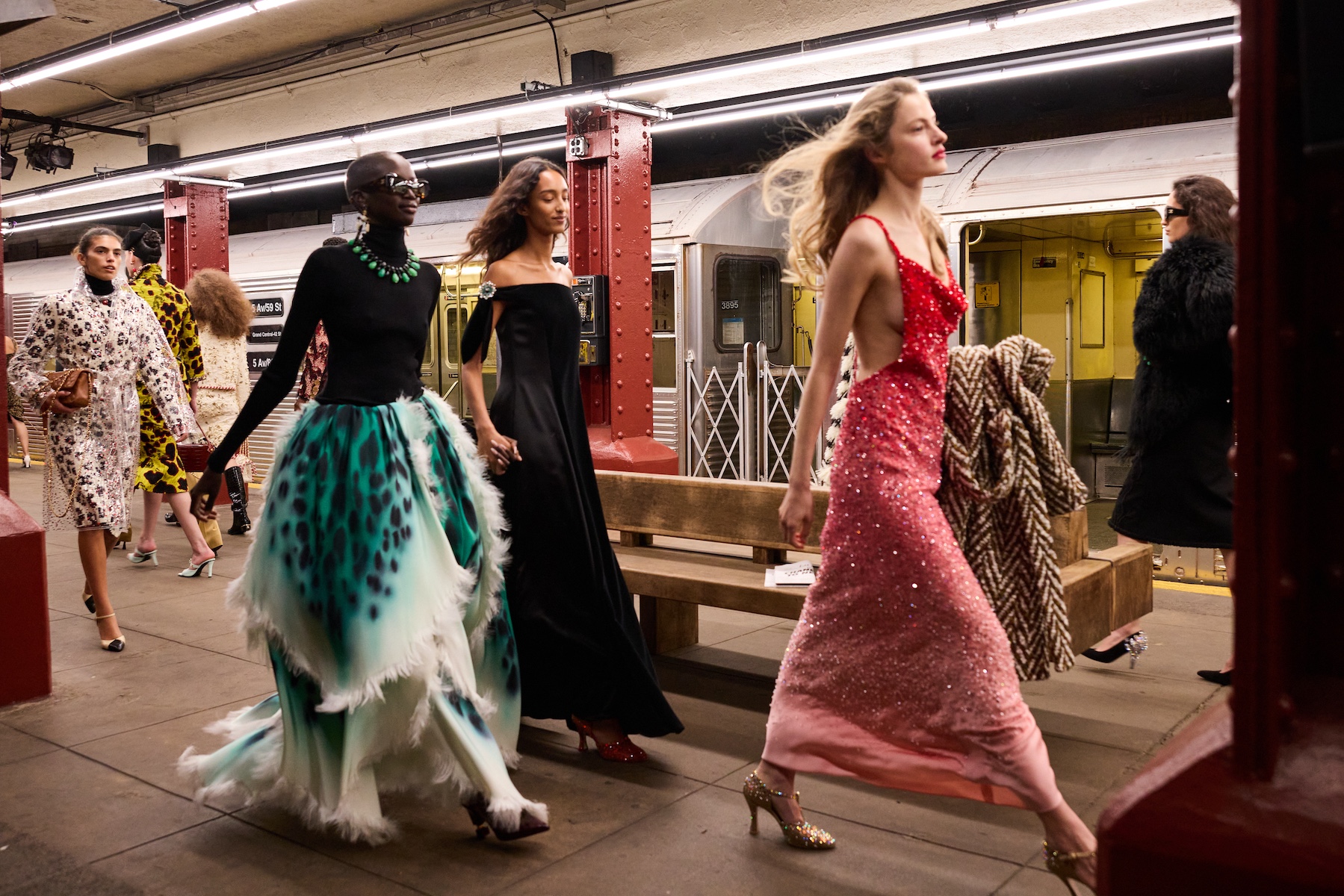 Matthieu Blazy takes to the New York subway for his joyful sophomore Chanel show
Matthieu Blazy takes to the New York subway for his joyful sophomore Chanel showAt the disused Bowery station in downtown Manhattan, Blazy channelled New York’s distinct energy for his first Métiers d’Art show – an astute balance of fantasy and reality
-
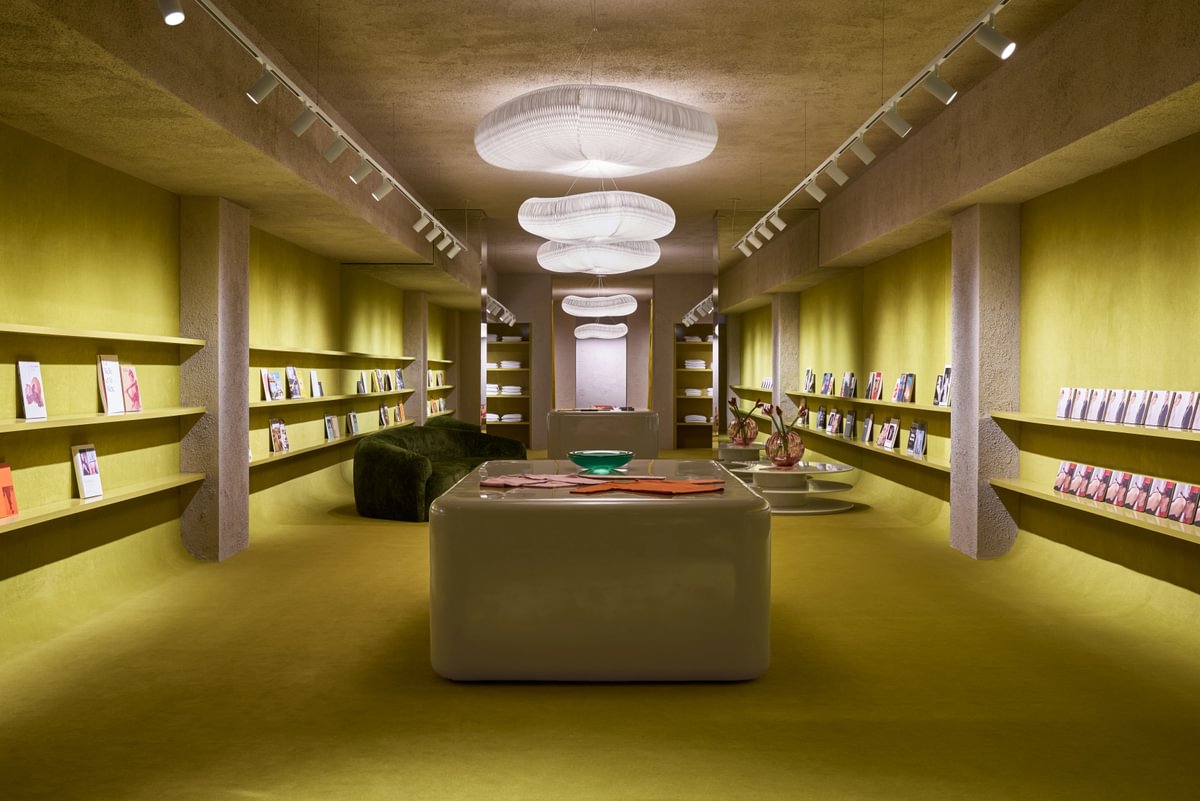 Extreme Cashmere’s New York store is a haven for knitwear and furniture lovers alike
Extreme Cashmere’s New York store is a haven for knitwear and furniture lovers alikeDesigned to evoke a ‘luxurious home’, the Amsterdam-based knitwear label’s sophomore store on New York’s Mercer Street features an enviable interior curation – from poppy-print Milo Baughman chairs to a hot-pink Sabine Marcelis ‘donut’
-
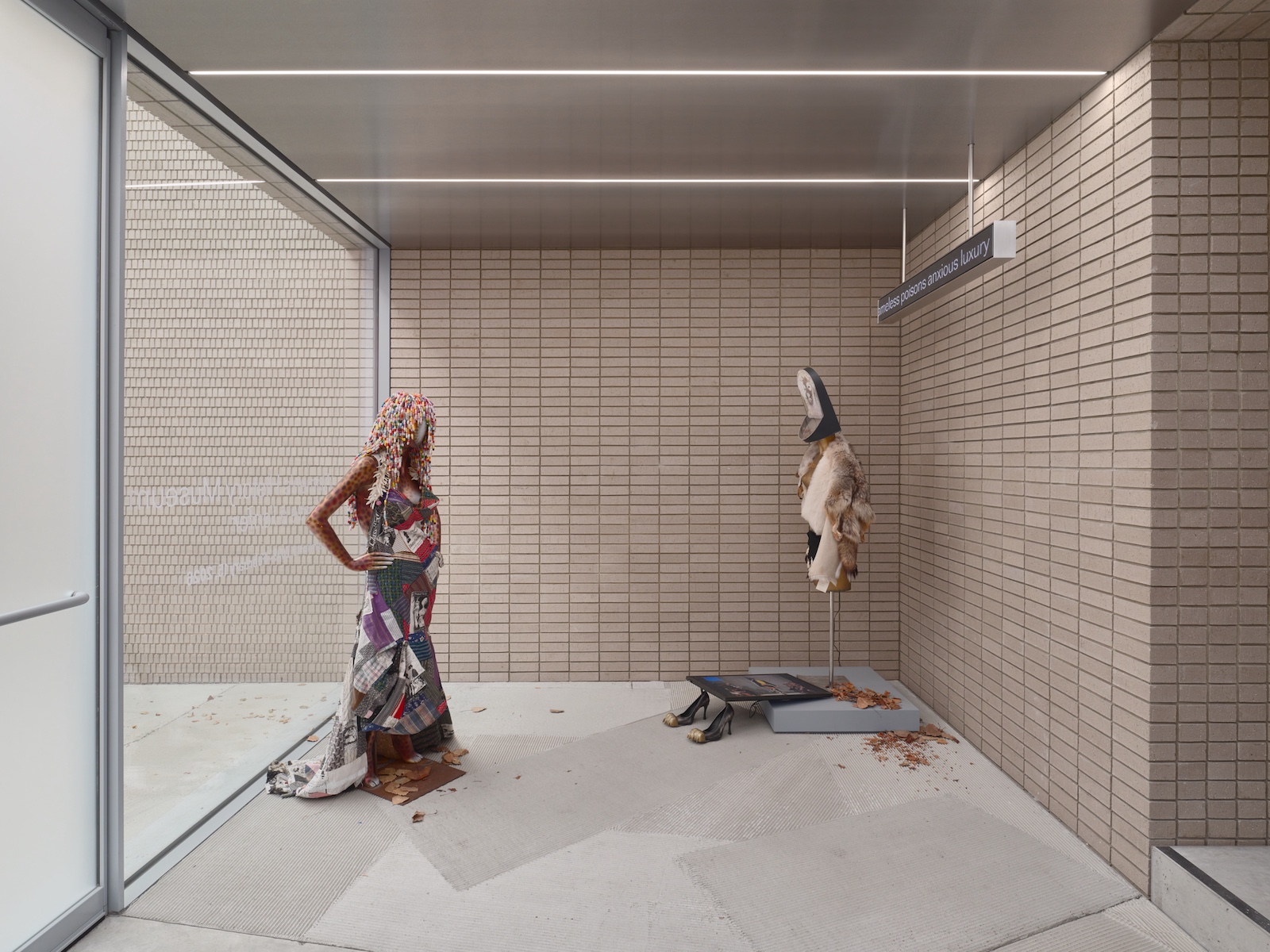 The story behind rebellious New York fashion label-cum-art collective, Women’s History Museum
The story behind rebellious New York fashion label-cum-art collective, Women’s History MuseumMattie Barringer and Amanda McGowan’s multidisciplinary label has been challenging fashion’s status quo for the past decade. As they open a new exhibition at Amant, Brooklyn, the pair sit down with Wallpaper* to discuss their provocative approach
-
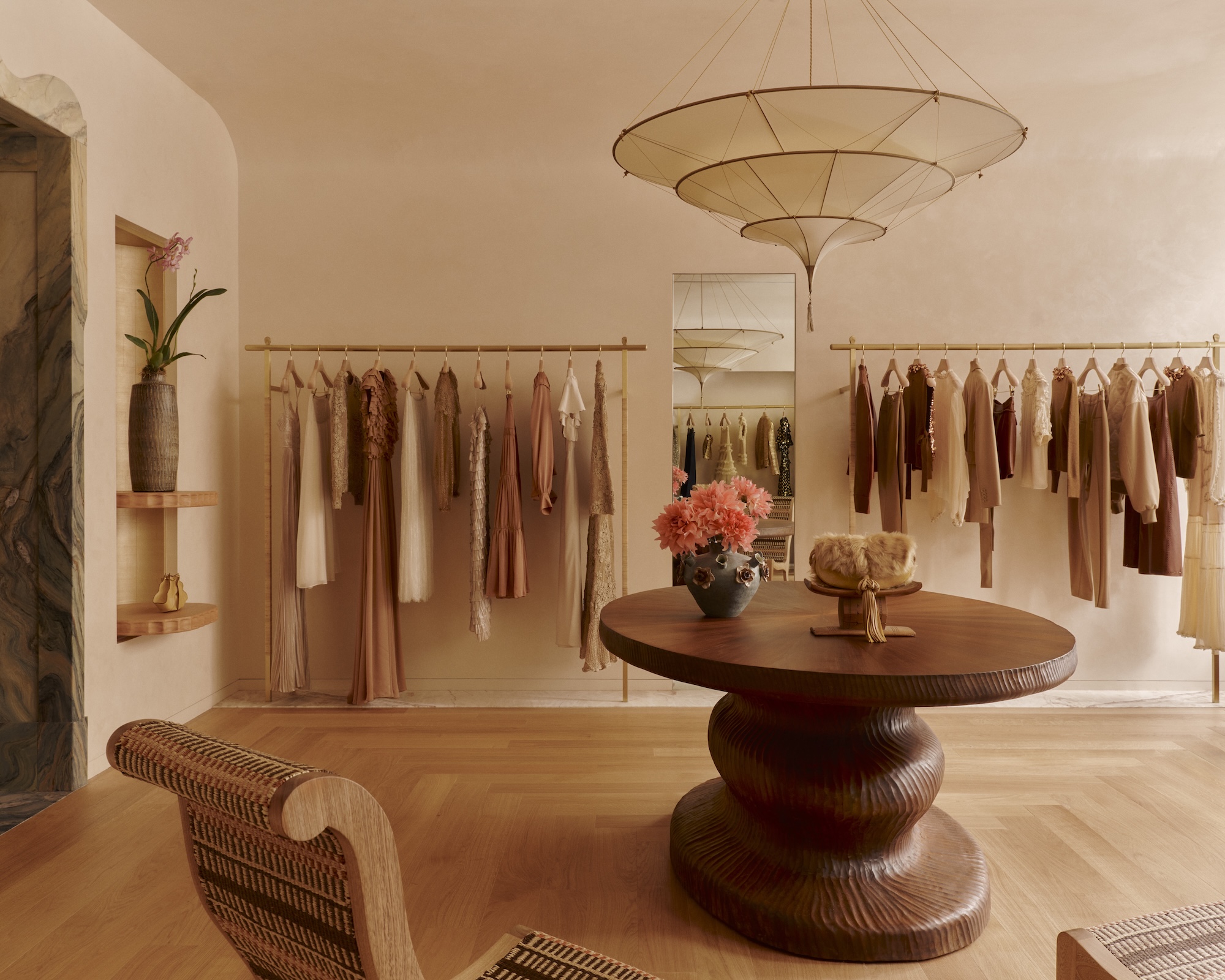 Ulla Johnson’s new Upper East Side boutique feels like a ‘glowing jewel box of treasures’
Ulla Johnson’s new Upper East Side boutique feels like a ‘glowing jewel box of treasures’Design studio Valle de Valle took cues from the neighbourhood's historic buildings, from the Frick to the Carlyle, in designing this dreamy boutique
-
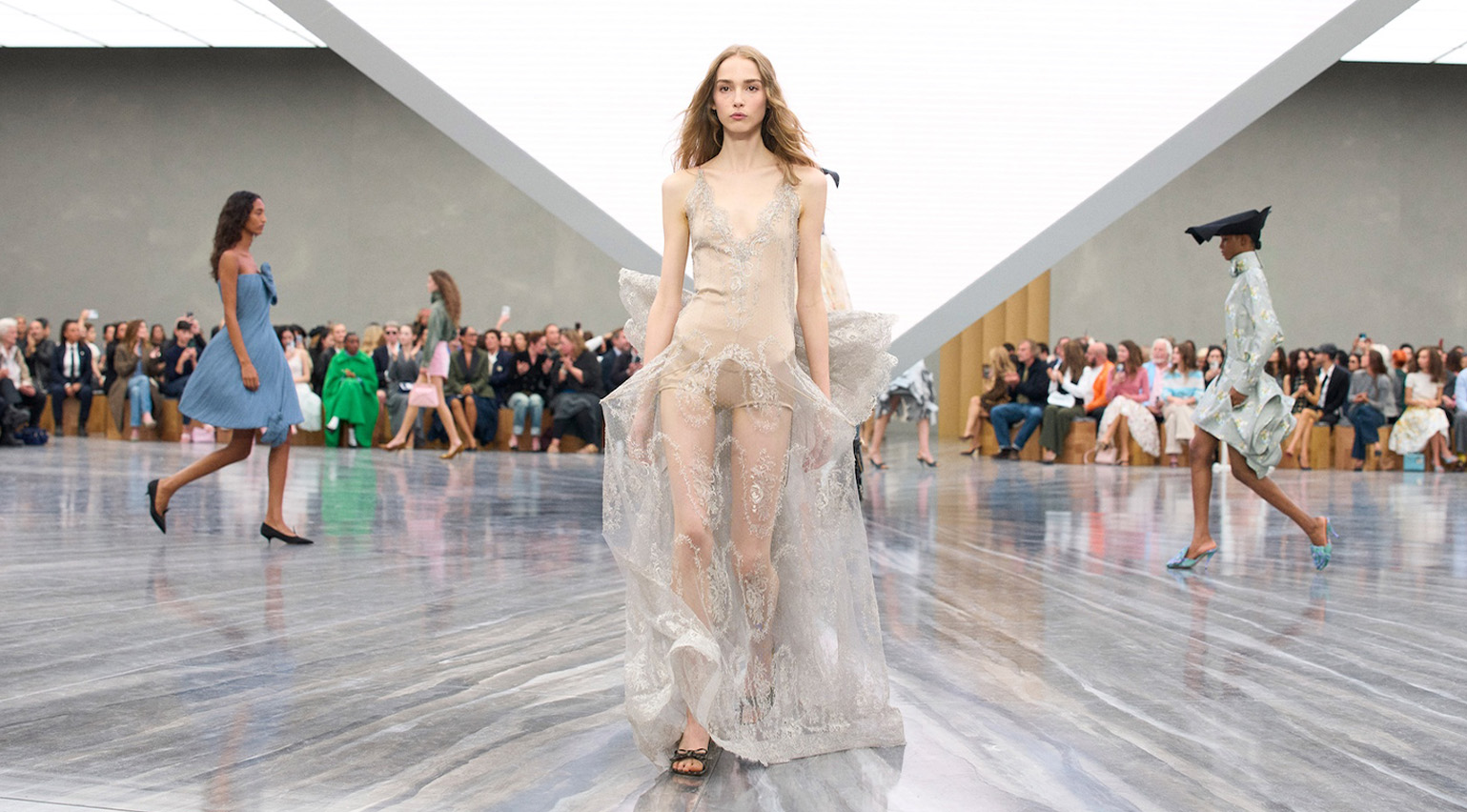 The key takeaways from the S/S 2026 shows: freedom, colour and romance define fashion’s new chapter
The key takeaways from the S/S 2026 shows: freedom, colour and romance define fashion’s new chapterWe unpack the trends and takeaways from the S/S 2026 season, which saw fashion embrace a fresh start with free-spirited collections and a bold exploration of colour and form
-
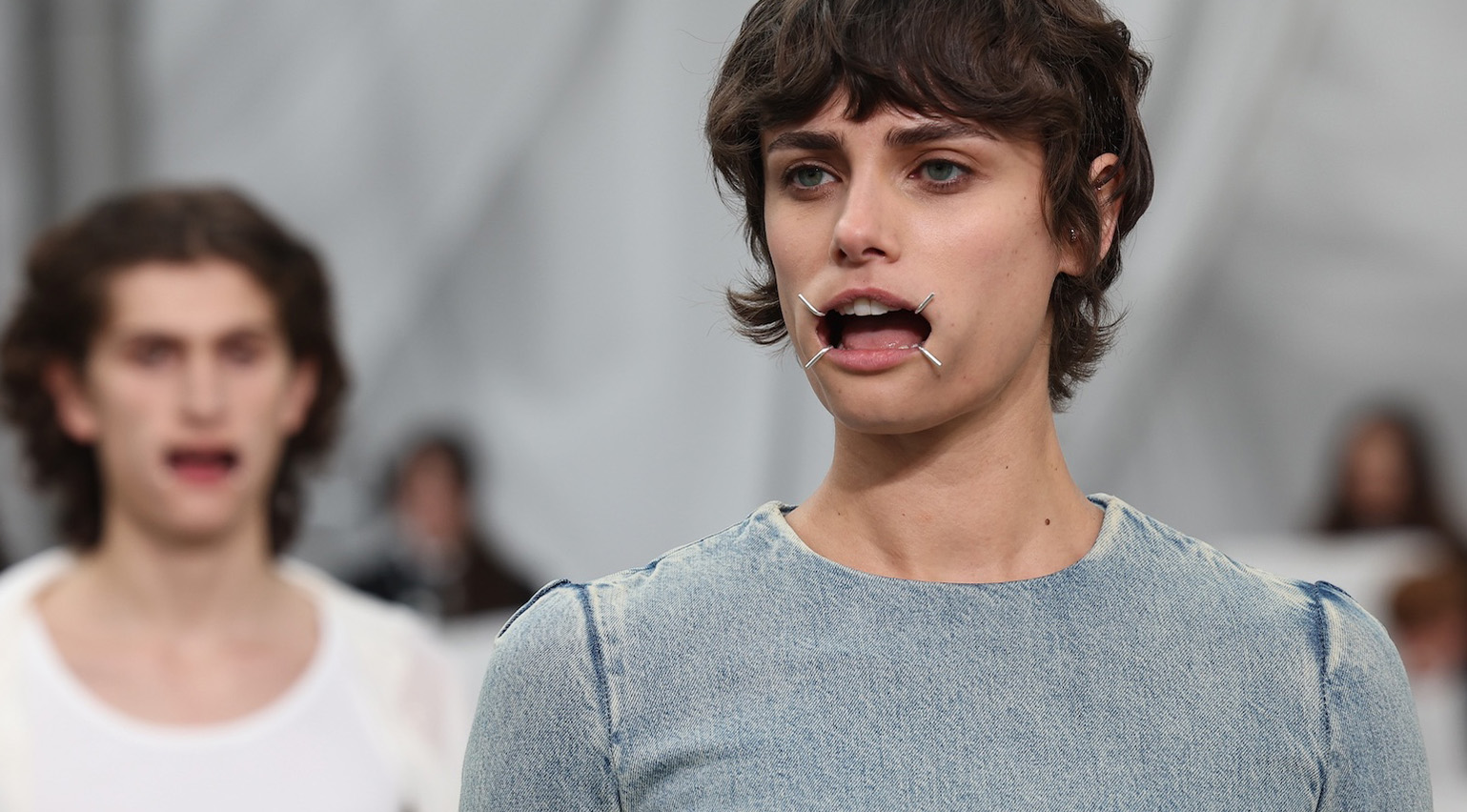 From wearable skincare to scented runways, unpacking the unconventional beauty moments of fashion month S/S 2026
From wearable skincare to scented runways, unpacking the unconventional beauty moments of fashion month S/S 2026The S/S 2026 season featured everything from probiotic-lined athleisure to fragranced runways – and those Maison Margiela mouthguards
-
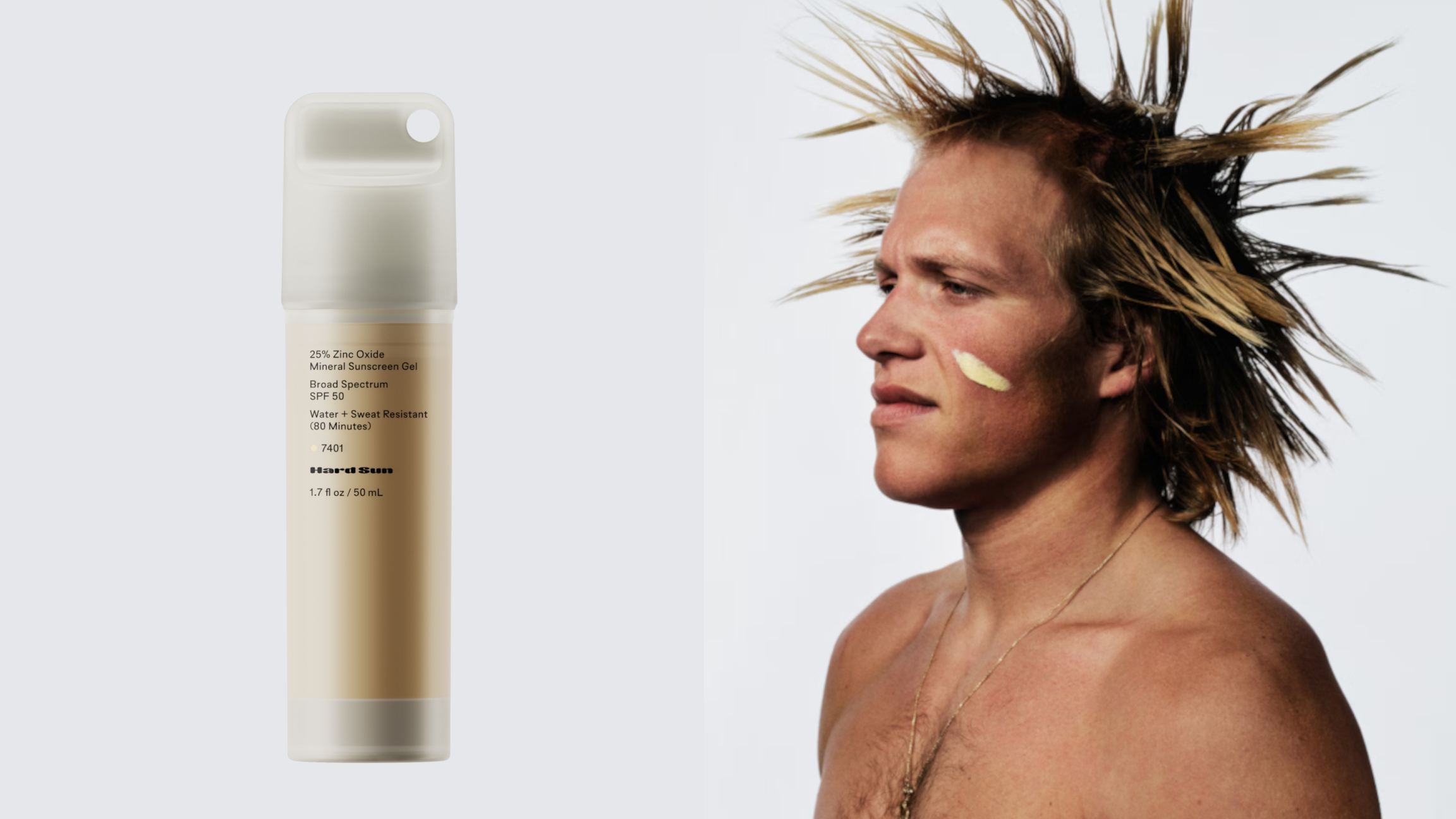 Hard Sun is the NYC brand revolutionising sunscreen
Hard Sun is the NYC brand revolutionising sunscreenThis high-protection mineral formulation comes with sleek packaging and skincare benefits
-
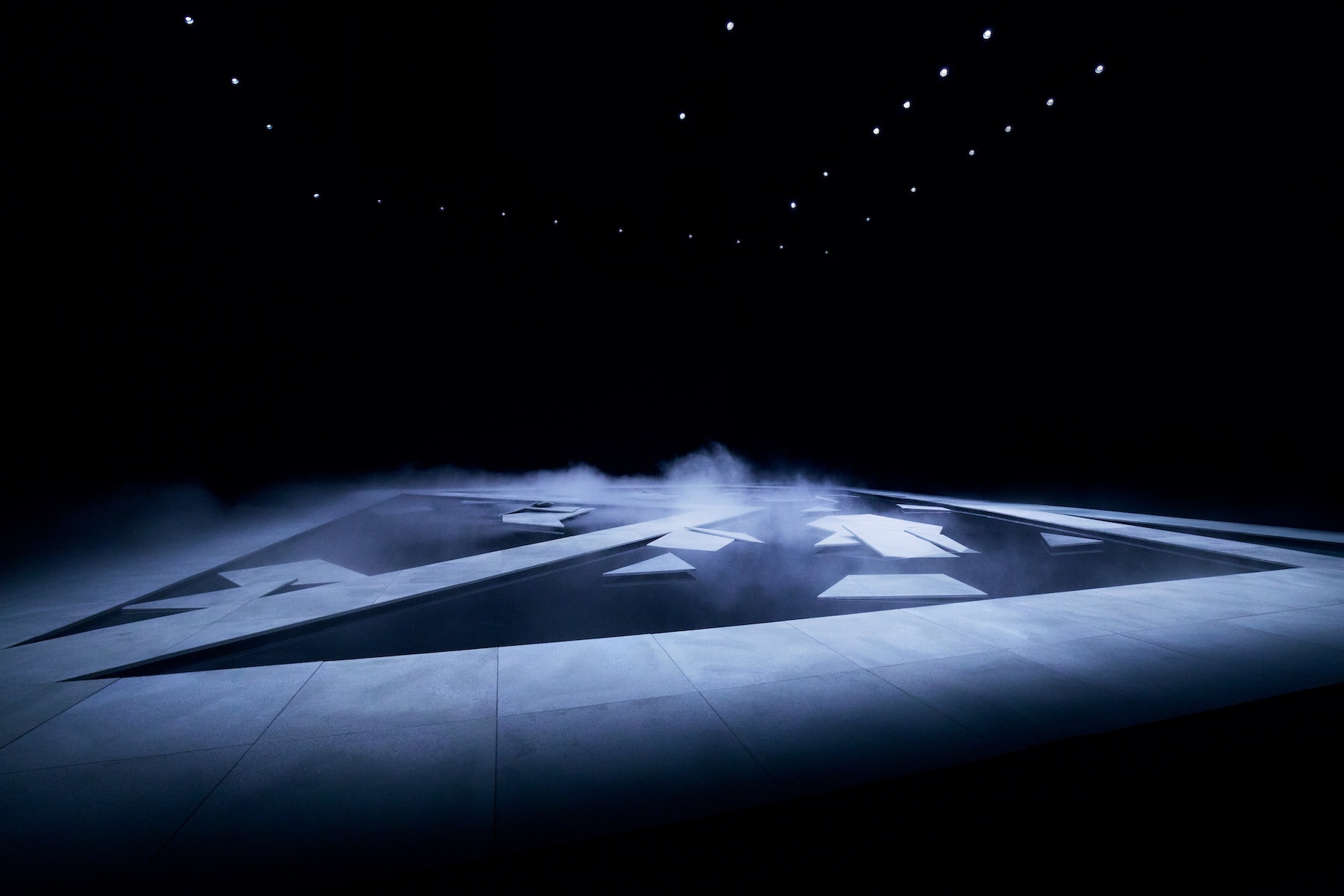 Griffin Frazen on conceiving the cinematic runway sets for New York label Khaite: ‘If people feel moved we’ve succeeded’
Griffin Frazen on conceiving the cinematic runway sets for New York label Khaite: ‘If people feel moved we’ve succeeded’The architectural designer – who helped conceive the sets for ‘The Brutalist’ – collaborates with his wife Catherine Holstein on the scenography for her Khaite runway shows, the latest of which took place in NYFW this past weekend